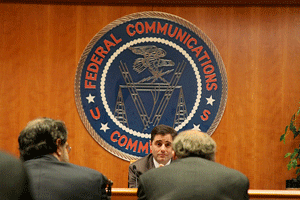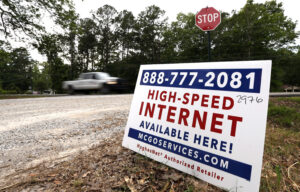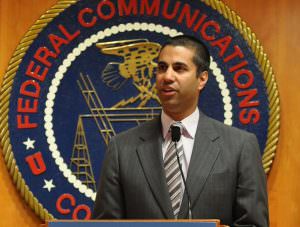FCC Rules for Super Wi-Fi
It's a bird? It's a plane? No, it's super Wi-Fi! The FCC has finally approved a proposal to open the unused space between broadcast television channels -- dubbed “white space” -- for high-speed wireless broadband or, in more campy terms, super Wi-Fi.
A bird? A plane? No, it’s super Wi-Fi! The FCC has finally approved a proposal to open the unused space between broadcast television channels — dubbed “white space” — for wide-radius high-speed wireless broadband … or, in more campy terms, super Wi-Fi.
The decision ends a years-long debate between the government and telecom companies over the use of “white space.” –JCL
Your support matters…The New York Times:
The Federal Communications Commission approved a proposal on Thursday that would open vast amounts of unused broadcast television airwaves for high-speed wireless broadband networks and other unlicensed applications.
The change in available airwaves, which were freed up by the conversion of television signals from analog to digital, constitutes the first significant block of spectrum made available for unlicensed use by the F.C.C. in 20 years.
It was a victory that did not come easily, or quickly, however. The F.C.C. first approved a similar measure in 2008, but the technical requirements for unlicensed devices drew objections from 17 companies or groups on both sides of the issue, forcing the commission to redraft its proposal.
Independent journalism is under threat and overshadowed by heavily funded mainstream media.
You can help level the playing field. Become a member.
Your tax-deductible contribution keeps us digging beneath the headlines to give you thought-provoking, investigative reporting and analysis that unearths what's really happening- without compromise.
Give today to support our courageous, independent journalists.




You need to be a supporter to comment.
There are currently no responses to this article.
Be the first to respond.